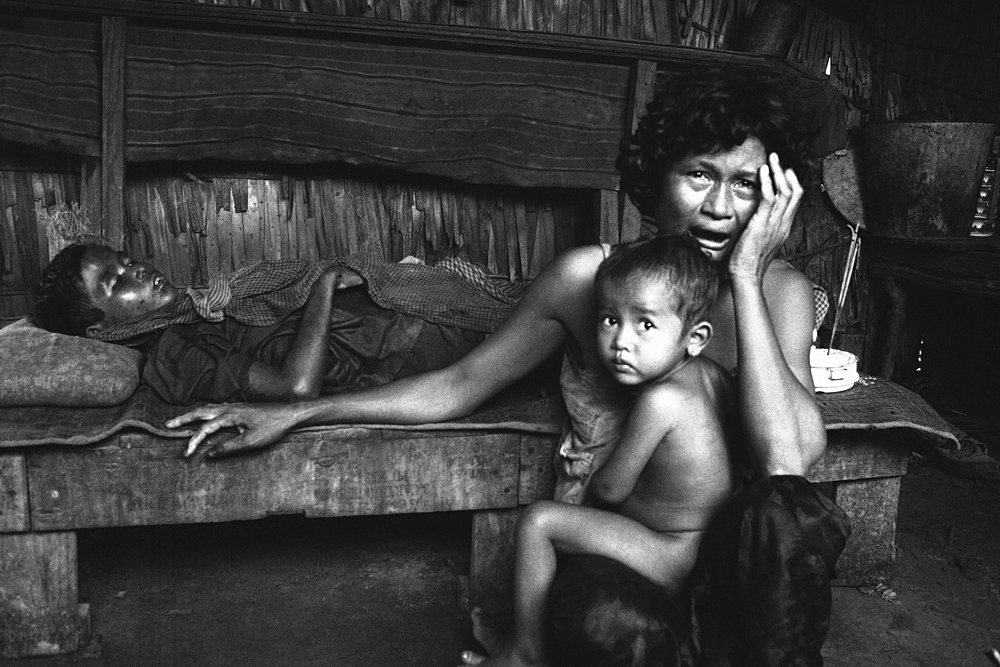After 20 years Russia makes first inroads into ASEAN

Actors perform at the gala evening for the media at the ASEAN-Russia summit in Sochi.
Press photo“We can give our business ties an additional impulse. Russia has prepared a road map, consisting of 57 technological projects, that can help us build new technological and innovative alliances,” Russian President Vladimir Putin said on May 20 in Sochi at the 3rd Russia-ASEAN summit, where he hosted leaders of all 10 ASEAN countries.
Anton Tsvetov, Media and Government Relations Manager at the Russian International Affairs Council (RIAC), believes that the Russia-ASEAN summit was a success, “at least in terms of performing the tasks set by the Russian leadership.” He thinks that Moscow managed to reaffirm its interest in Southeast Asian affairs and demonstrated an effort to act upon such an interest.
“For ASEAN, the summit is a manifestation of its balanced and independent global posture,” Tsvetov told RBTH. “Behind this vivid image lies a significant lack of factual cooperation, but perhaps by setting high expectations Russian and ASEAN leaders hope to create better conditions for businesses and organizations to work together.”
Alexander Gabuev, chair of the Russia in the Asia-Pacific Program at the Carnegie Moscow Center, told RBTH that Moscow’s hopes for a quick rise in trade turnover and deepening political ties are unrealistic, despite new agreements signed between Russian and ASEAN countries.According to him, unlike China, which has huge trade and cultural ties with Southeast Asia through its diaspora, Russia’s trade volume with ASEAN is minuscule [$21.4 billion in 2015, which is less than 1 percent of ASEAN’s overall turnover]. The expert adds that Moscow has substantial ties only with some countries in the region, and more importantly lacks a consistent and strategic approach.
“There are no signs of Russia’s interest increasing,” Gabuev says. “We could judge the interest by the date of the next Russia-ASEAN summit and by whether Putin will attend the next East Asia summit or not. If he attends, this would be a step in the right direction.”
Thinking big
Russia’s biggest trade partner in ASEAN is Vietnam whose bilateral trade with Russia amounted to $2.7 billion in 2015. Thailand was in second place with $2 billion in bilateral trade last year. But the relatively low trade turnover does not intimidate Russian companies to set ambitious goals and think big.
Russian export center (REC) representatives told reporters that Russia has the capability to account for 10 percent of ASEAN’s imports within the next five years.They claim to see all the prerequisites needed to make a leap forward into growing Russia's exports to ASEAN using technologies and non-commodity goods.
“This sounds like an intention rather than a well-prepared plan, but as far as I know, they do mean what they say,” Victor Sumsky, Director of the ASEAN Center at Moscow State Institute of International Relations (MGIMO) told RBTH. “Russia can take a 10-percent share in the ASEAN import markets with branded products.”
Trade agreements
“The visual geopolitical effect was strong. Sochi hosted ten ASEAN leaders, many of whom had bilateral meetings with the Russian president, and also visited other Russian cities and signed dozens of agreements,” Tsvetov says. “All of this plays well into Russia's narrative of its non-isolation and having a diverse foreign policy.”
According to Sumsky, the summit was well prepared and “was accompanied by agreements in energy, trade, military and culture, which is not always the case at such events.” He added that the fears expressed by some ahead of the summit that it would be a mere formal gathering proved to be false.“And what is even more important is that formats of future economic cooperation were discussed as well. They discussed how ASEAN, SCO (Shanghai Cooperation Organization) and Eurasian Economic Union (EAEU) would work together,” Sumsky says.
Moscow’s ultimate goal is to bring about an ASEAN-EAEU free trade agreement and to achieve this, Moscow plans to have the EAEU sign separate FTAs with individual ASEAN countries. Having Vietnam as an example, Malaysia, Indonesia and Singapore expressed varying degrees of interest in a FTA.
Bilateral deals
No specific multilateral deals were signed between ASEAN as a bloc and Russia, but several bilateral agreements were inked between Moscow and individual members of the Southeast Asian grouping.
Among the biggest agreements signed during or before the summit were two deals in the dairy industry. Investors from Vietnam will build a huge milk processing plant in the Moscow Region. Vietnamese Prime Minister Nguyen Xuan Phuc attended the ceremony of the launch of this project, which is worth $2.7 billion.Another milk-related deal was signed in St. Petersburg by Thailand’s CPF Group and the Ryazan Region’s government. According to the investment agreement, the Thai company will build a dairy complex worth $1 billion.
Vietnam, which was USSR's close ally, also signed a MoU on increasing economic activities with Russia till 2020 and set a bilateral trade target of $10 billion within the next four years.
Cambodian Prime Minister Hun Sen called on Russia to play to help restore his country’s infrastructure, which was largely built by the USSR after it helped to free the country from the Khmer Rouge.
Russian oil company Rosneft agreed to set up a joint venture with Singapore’s Keppel Corp and Norwegian drilling equipment company MHWirth, and announced plans to build an oil refinery in Indonesia with investments amounting to $13 billion, according to Vladimir Putin.
Only defense agreements, not deals
Although the defense industry is one of Russia's assets and military cooperation was on the agenda of every meeting that Putin had with ASEAN leaders, there were no major developments in this field.
Russia did sign defense cooperation agreements with Cambodia, Indonesia and Brunei, but two major and highly anticipated arms deals were not signed: the purchase of T-90 tanks by Thailand and the sale of Su-35 Super Flankers to Indonesia.Just hours before Thai Prime Minister Prayuth Chan-o-cha’s flight to St. Petersburg, it became known that Bangkok chose to buy Chinese MBT-3000 tanks. Sources familiar with the situation told RBTH that the price was the main reason behind the decision, although the Royal Thai Army was content with the quality of Russian tanks. Thailand however did express its intent to replace its ageing Boeing CH 47 Chinook transport helicopters with Russian-made Mi-17s.
As for the Flankers, talks are still ongoing with Jakarta, according to sources close to the negotiations. Indonesia also signed an agreement on the exchange of intelligence data with Russia.
Even though there were no arms deals, Sumsky says the very fact that there were discussions on defense cooperation means that ASEAN is serious about its relations with Russia. The Southeast Asian grouping showed that it would not give in to pressure from the United States to isolate Russia, according to the expert.
All rights reserved by Rossiyskaya Gazeta.
Subscribe
to our newsletter!
Get the week's best stories straight to your inbox


